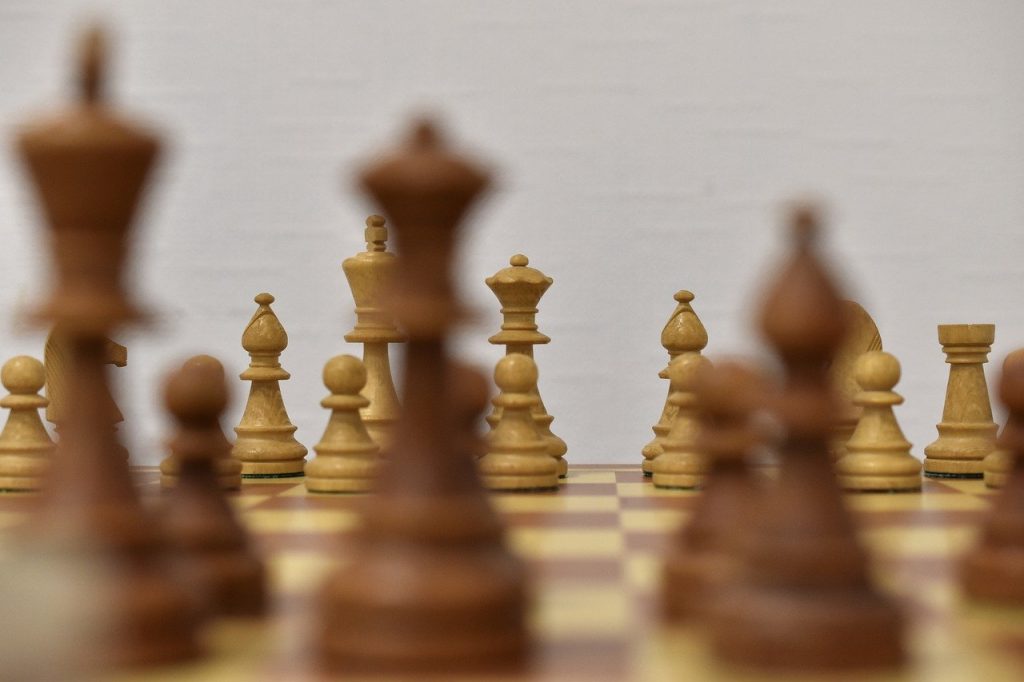Table of Contents
Why is the pawn chain important in chess?
The pawn chain is an incredibly important positional factor in chess, that every chess player needs to know. Philidor used to say pawns are the soul of chess, and e wasn’t wrong.
This beautiful game starts with a pawn move, they are, in fact, the most important piece. The major pieces do the hard job, they attack and checkmate the King. But, How that queen got to the enemy castle? they got there thanks to the Little pawn who sacrificed himself to get an attack.
Knowing how to correctly control the pawns is, sadly, a very overlooked topic for many chess players. We are taught how to use the queen, rooks, knights, and bishops, but what about the pawns?
Every plan in chess starts with a pawn beginning his journey, a pawn can look harmless, but they get really dangerous. The chain completely defines the correct plan to follow and opportunities for both players.
When the pawn structure changes, there is a huge change over the whole position, you have to pay attention to this.
Different types of pawn chains in chess
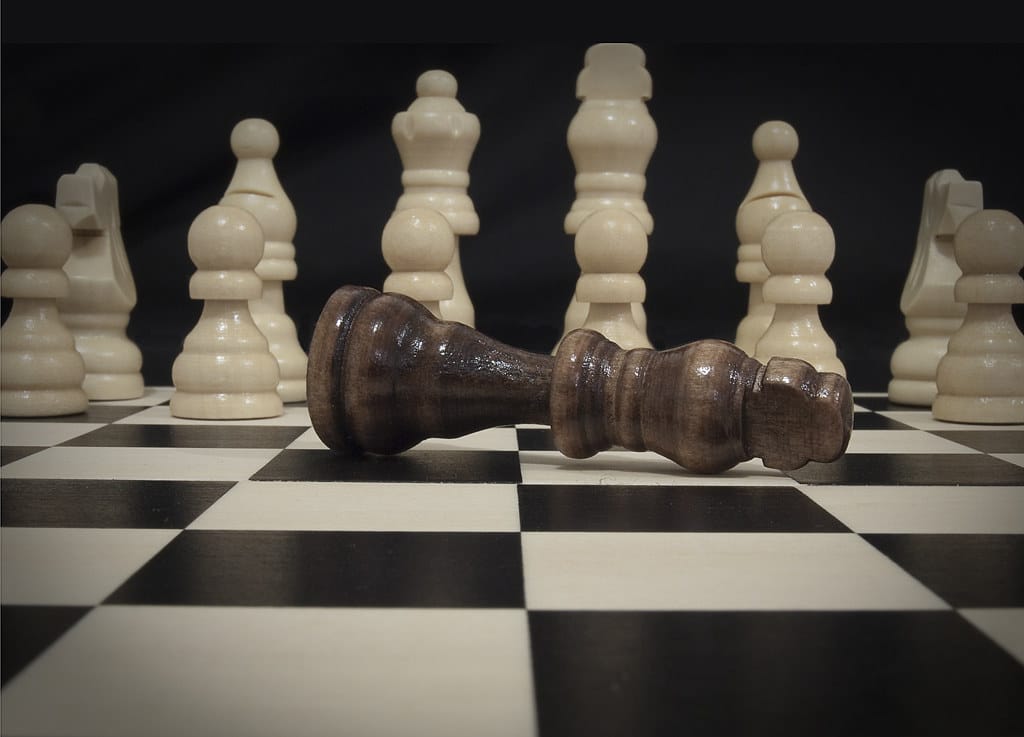
There are many types of chess pawn chains, but we could explain them easily following the possibilities they offer. We could say, there are two main types of pawn chains, because of the nature of the positions in which they are present:
- Static pawn chains are the ones that are closed, or the center pawns are blocked with each other. You can identify this kind of chain because mainly it has no “breakpoints”. Meaning there are no pawn breaks available for any side, to open files or facing the pawns.
- Dynamic pawn chains are the type of pawn chain that is simply not blocked, that tends to change a lot. When there is a possibility to eliminate some pawns or change the pawn chain you can tell you have a Dynamic pawn chai on the board. This is the most dangerous type of chain because tends to present hard changes over the structure with wild breaks.
Knowing what kind of pawn chain there is in the position is a pretty important chess skill. It can provide you with a plan, and you can tell what you have to do by simply Looking at the pawn chain.
This is good advice for beginners, and that is actually what I used to do when I was a chess amateur. In a position in which you don’t know what to do, you can look at the chain, and define your plan with a pawn break or advancing a pawn.
Playing with the pawn chain
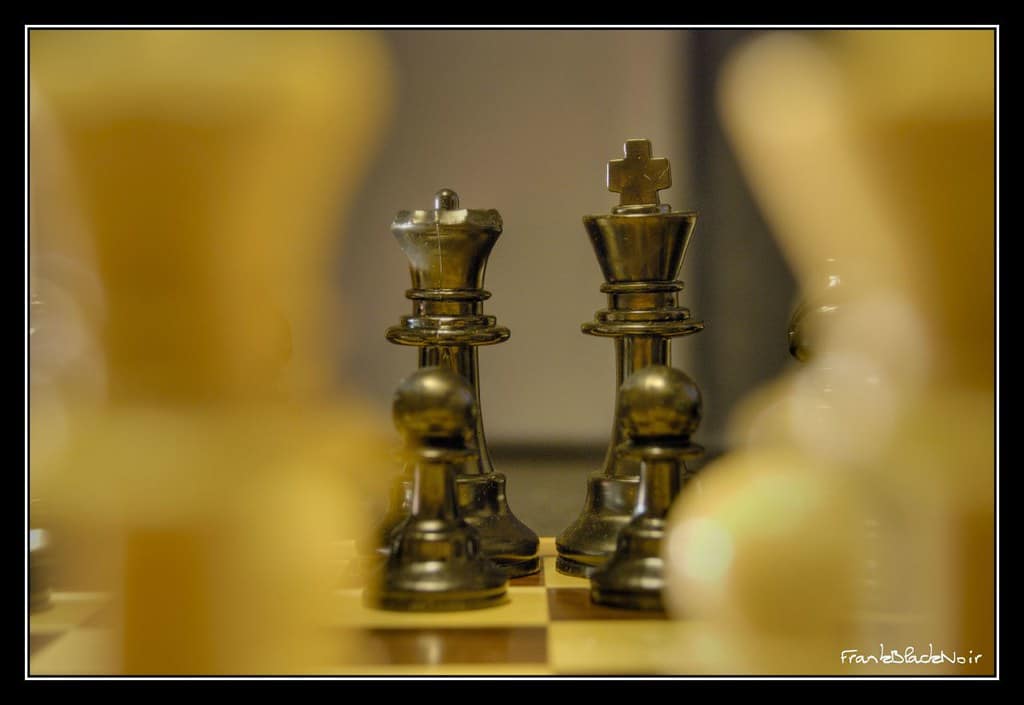
There is an important thing to say about the pawn chain, two main zones that you have to take into account to make your chess plan. There is the tale, or start, of the pawn chain, and there is the head of the pawn chain.
Usually a good plan Will always e to attack the tale, the start of the pawn chain is the Best part to attack. The start of the chain is the base of the entire pawn structure, if you weaken this point, the whole pawn chain will be weak.
You can see this in different openings like in the exchange variation of the queen’s gambit, the minority attack. We could say that the pawn chain rules, you have to do whatever it says you have to do.
Defining your plan following the pawn chain
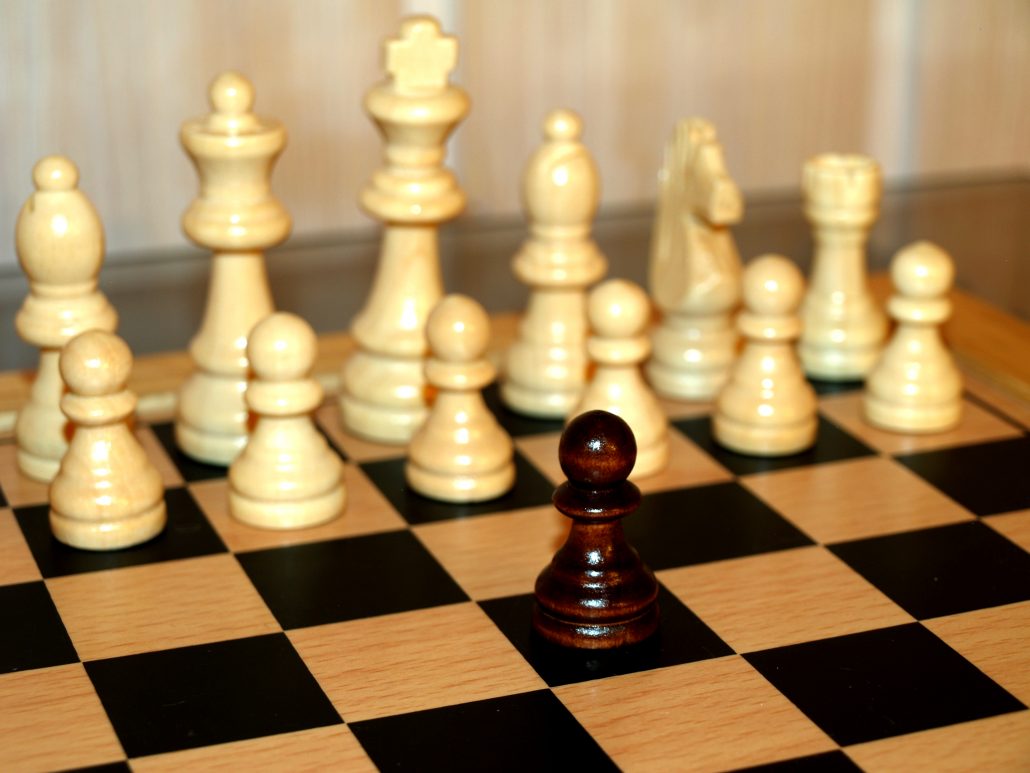
It’s not as simple as just looking at the pawn chain and saying “well, here is the plan”. You have to know the structures, meaning, you need to study the pawn chains to know the plans.
The pawn chain can be studied along with the opening because certain openings give the possibility of having this or that pawn chain. Depending on the opening you choose, you can have certain security of the plan you will have to follow.
Normally, most of the king’s pawn openings lead to a close pawn structure in the center. While, on the other hand, the queen’s pawn can arise in more dynamic positions.
Of course, this is not 100% true, because chess has a lot of variations. But this is a way for you to get some ideas about how the opening decision is important in every chess player.
The best advice for you is that you should develop your repertoire of chess openings. This will lead you to have certain control over the things you play and will give you more confidence.
But for all of this, you need to have a serious talk with yourself and figure out every chess player’s doubt “what is my style?”
How to create weaknesses in the enemy position?
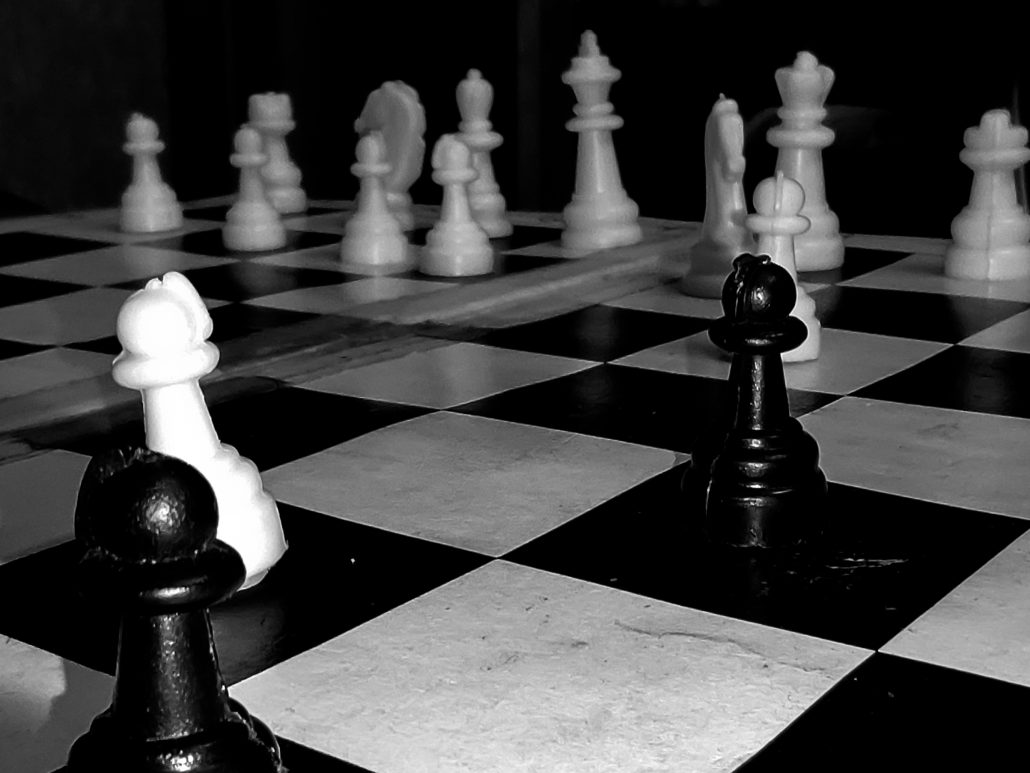
The correct way to create weakness is to push the pawns, aiming to an objective to make it weak. Maybe you see a pawn protected by another ally pawn so is well defended then.
But in this case, you can use some of your pawns to go ahead and weaken the enemy pawns. By using a pawn, you can eliminate a pawn, you will make the pawn structure weak by exchanging your pawns.
This is a technique that is used by all chess players, it’s the part of pretty much every plan in chess. We can make a list, of all the uses the chess pawn has:
- The pawn can be moved to change the pawn chain
- The weak pawn can be attacked and pushed to put pressure on the enemy position and force an attack
- The pawn can be used to open files or diagonals to improve piece activity
You may also like:

